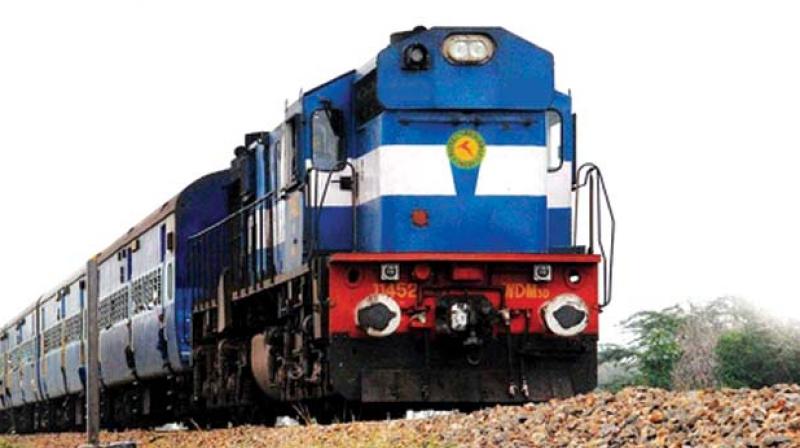Railway officials want 2 cadres, not 1

Hyderabad: The Union railway ministry’s plan to merge all service cadres under it has rattled its bureaucrats. In December 2019, the Cabinet had green-lit the ministry's proposal to merge its eight cadres — three civil and five technical — into the Indian Railway Management Service (IRMS). Members of civil cadres believe they will be overshadowed by those of the technical cadres.
Recruitment to the civil cadres — the Indian Railway Traffic Services (IRTS), Accounts (IRAS) and Personnel (IRPF) — is done through the annual civil services examination by UPSC. Members of technical cadres —Indian Railway Service of Engineers (IRES), Signal Engineers (IRS-SE), Mechanical Engineers (IRSME) and Stores Services (IRSS) — are also recruited thro-ugh the Indian Engine-ering Services (IES) exam held by the UPSC.
Among the civil cadres, the IRTS has always held the most “prestige”. Their work makes them highly visible to the general public. It is the IRTS cadre that will stand to lose the most once the merger happens.
An IRTS official serving in the South Central Railways (SCR), speaking on the condition of anonymity, said the railways has a complex bureaucratic structure, with functioning checks and balances. “Engineering officers are concerned with the technical side of the railways. They have very little experience of the operations management side. How can the two be combined under one group when their roles are so different,” he asked.
Another IRTS officer from SCR said members of the civil cadres are already at a disadvantage due to the age-based promotion system. “Civil servants in the railways usually miss out on senior positions like the zonal general manager’s post. They are, on average, older than engineering officials. This is because of the nature of the examinations they take for recruitment. By the time an IRTS or IRAS officer is eligible for the GM’s post, he will be very close to retirement and hence, overlooked,” he said. This situation, he added, would be replicated across the hierarchy after the merger.
The two officials said the merger would have ramifications on passenger safety and the railways’ profitability. “Normally, when an engineering department proposes, say, a new track, the proposal is scrutinised by many departments. Each department is manned by officials of various services, who answer to their own bosses. This allows them the freedom to reject the proposal without worrying about subordination. If all belonged to the same service, no junior employee in any department would be able to reject a senior's proposal. This doesn’t bode well for anyone,” he said.
The civil cadre officers are also upset that the ministry took the decision without consulting with them. The ITRS, IRAS and IRPF Employees Association wrote to the Prime Minister’s Office (PMO) listing out their issues with the merger. “Earlier, the ministry has made it seem to the PMO that all officers are in agreement. Now, the PMO has expressed surprise over the opposition from officers,” said an IRTS officer.
Interestingly, the railway ministry, the UPSC and the department of personnel and training (DoPT) are yet to announce the modalities for recruitment to the merged cadre. Both officials and aspirants to these services are awaiting clarity. IES aspirants, who recently wrote the preliminary examination and are awaiting the results, don’t know if railway posts are even up for grabs. Civil service aspirants, meanwhile, would be fighting for a couple of hundred fewer vacancies than usual if railway services were removed from the exam.
The officers hope the ‘railway minister will make amends by having two merged groups instead of just one. They want the civil cadres to be merged into one, and the engineering ones into another.

